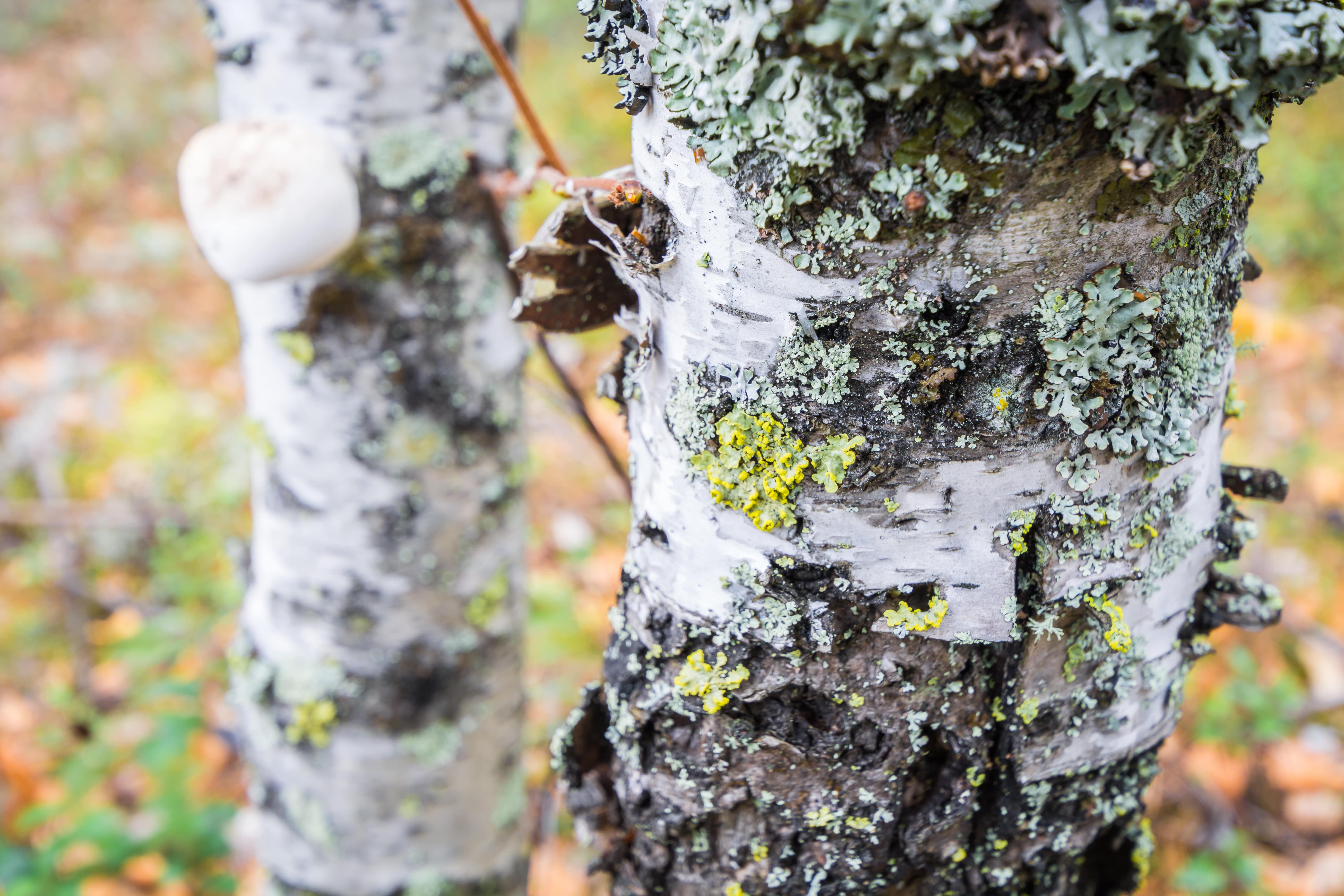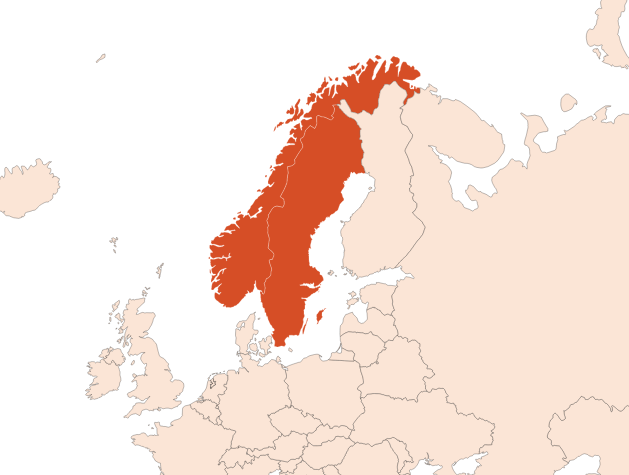
| Company | Ingredient Name | ID | Comments | Naturality | Certifications | Purity | Latin name | Treated part | Geographical origin | MOQ |
|---|---|---|---|---|---|---|---|---|---|---|
|
|
Huile essentielle de Bouleau rectifiée - 30 gr | - |
Visit website
|
- | - | - | - | - | - |
General Presentation
-
CAS N° : 84012-15-7
-
EINECS number : 281-660-9
-
FEMA number : Donnée indisponible.
-
Appearance : Colorless liquid
-
Density : 0,900 - 1,030 @20°C
-
Volatility : Base
-
Price Range : €€€
Physico-chemical properties
-
Optical rotation : Donnée indisponible
-
Vapor pressure : Donnée indisponible
-
Refractive Index @20°C : Donnée indisponible
-
Acid Value :
-
Flash Point :
Uses
Uses in perfumery :
Used in fine fragrance for leather, animalic, oud and chypre notes. Often used in very low dosage.
Major Components :
- Salicylic acid
- Methyl salicylate
- Betulene
- Betulenol

Photo credits: ScenTree SAS
Botanical name :
Betula pubescens Ehrh.
Synonyms : Betula alba f. pubescens (Ehrh.) Bolzon // Betula alba subsp. alba L., 1753
Botanical profile :
Tree belonging to the Betulaceae family and the Betula genus.
Chemotypes :
There are about 150 species of birch around the world. However, very few are used in perfumery. We can mention:
Betula alleghaniensis or Yellow Birch.
Betula nigra L. or Black Birch.
Betula Pubescens Ehrh. or Betula Alba. White birch. (Mostly used)
Extraction process :
The birch is a tree that generally grows on poor, often siliceous soils up to 2000 meters altitude, as well as in arctic regions, such as in Lapland. These trees can live for more than a hundred years. Its essential oil is obtained by dry distillation, which mean by pyrolysis of the wood. The wood is heated from 1112 to 1472 °F in an oven to evaporate the water and at the outlet, collect a viscous and dark mixture with a smoky smell : birch tar.
This strong heat forms benzopyrenes in the birch tar. These compounds are carcinogenic and must be removed. The tar is heated under vacuum to collect a distillate that contains 10 ppm rather than 1000 ppm of benzopyrenes. This is how the rectified essential oil of birch is obtained, almost colourless.
Other comments :
In the traditional empyreumatic process of extraction, a birch powder is recovered from the oven, and can be used as a natural incense.
Stability :
The esters identified in this raw material can form their corresponding acid in stability tests
The terpenes identified in this raw material can polymerize when they are oxidized
Regulations & IFRA
Allergens :
This ingredient does not contain any allergen.
IFRA 51th :
This ingredient is restricted by the 51th amendment
Annexe I :
Some regulated synthetic ingredients are found in nature and in certain proportions in natural ingredients. This presence in nature has to be taken into account when calculating limits of use recommended by the IFRA. In case you do not know these concentrations, you can use the ones estimated by the IFRA. Here they are :
| List of regulated compounds contained in this ingredient | ||
|---|---|---|
| Regulated ingredient name | CAS N° | Estimated Concentration |
| 2-Methyl-2-pentenal | 623-36-9 | 0,05 |
| Cresol (unspecified) | 1319-77-3 | 1,8 |
-
Prohibited fragrance ingredients: notes
Crude birch wood (bark) pyrolysates (oils) derived by pyrolysis (destructive distillation) of the wood or bark of Betula pubescens, Betula pendula, Betula lenta or Betula alba should not be used as a fragrance ingredient for any finished product application. Only rectified (purified) Birch tar oils being in compliance with the limitations for polynuclear aromatic hydrocarbons (PAH) established by this IFRA Standard should be used.
Specified ingredients: notes
Limit content of polynuclear aromatic hydrocarbons (PAH) resulting from the use of rectified oils according to Good Manufacturing Practice. Benzopyrene and 1,2-Benzanthracene are to be used as markers for PAH. If used alone or in combination with rectified Cade oil, rectified Styrax oil or rectified Opoponax oil, the total concentration of both of the markers should not exceed 1 ppb in the final product.


